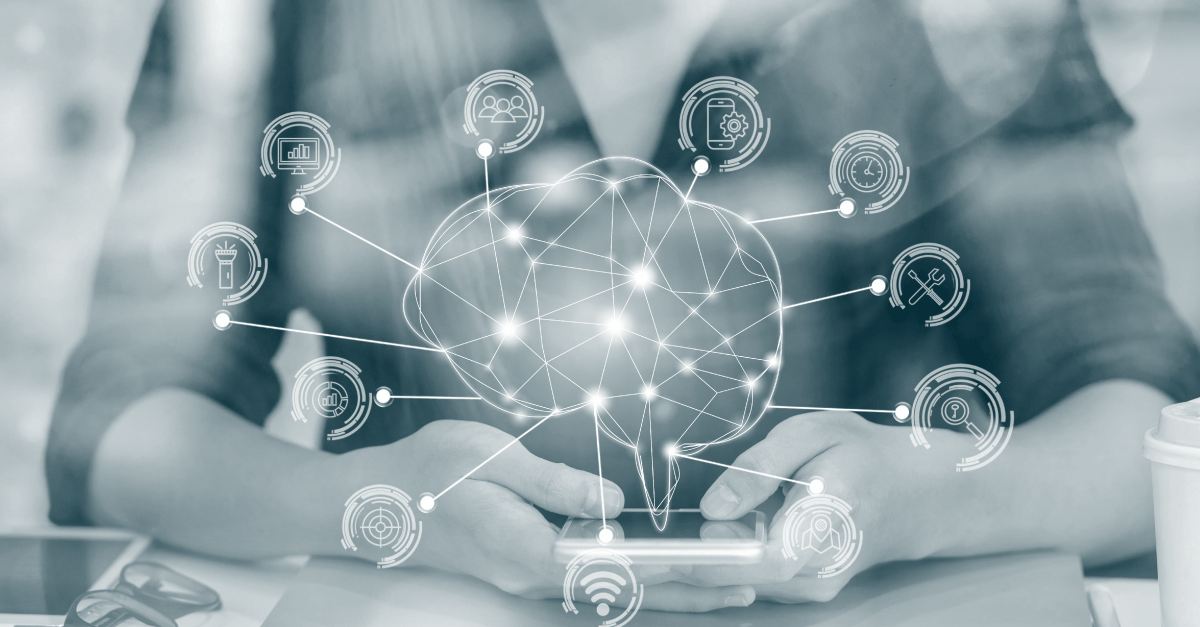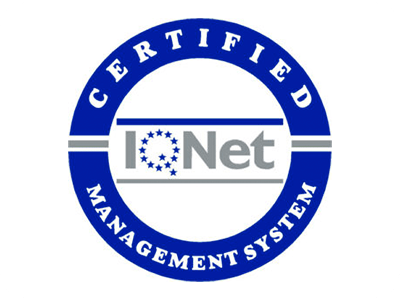Separating Fact from Fiction: The Truth About AI Myths
April 27th 2023

Are you ready to separate fact from fiction and discover what AI is really capable of? Let’s dive into the world of artificial intelligence and uncover the truth behind the most common AI myths.
Artificial intelligence has become a buzzword in recent years, with many people having different perceptions and beliefs about what it is and what it can do. Unfortunately, some of these perceptions and beliefs aren’t entirely accurate, and they have led to numerous myths and misconceptions about AI.
In this post, we’ll delve into some of the most common AI myths and explore the truth behind them. We’ll discuss whether AI can really take over the world if it can replace human jobs, and if it’s really as intelligent as we think it is.
Myth #1: AI will take over jobs
One of the most common myths about AI is that it will take over jobs, leaving many people unemployed. While it’s true that AI can automate certain tasks and processes, it’s important to note that it can also create new job opportunities. In fact, the World Economic Forum predicts that by 2025 we’ll see the emergence of 97 million new roles as humans, machines and algorithms increasingly work together.
AI can be used to enhance and augment human capabilities, rather than replace them. For example, in healthcare, AI can be used to analyze medical images and help doctors make more accurate diagnoses. In manufacturing, AI can be used to improve quality control and reduce defects. In customer service, AI can be used to improve response times and personalize interactions.
It’s also worth noting that not all jobs can be automated by AI. Jobs that require creativity, empathy, and critical thinking are less likely to be automated. These include roles in education, healthcare, and the arts.
Myth #2: AI is infallible and error-free
Another common myth about AI is that it’s completely flawless. While AI can perform certain tasks with great accuracy, it’s not immune to errors. AI systems are only as good as the data they’re trained on, and if that data is biased or incomplete, the AI system will produce inaccurate results.
For example, a facial recognition system trained on a dataset that is predominantly male and white will be less accurate at recognizing the faces of people who are female or from other ethnicities. Similarly, an AI system used to screen job applications may be biased against candidates from certain demographics if the data used to train the system is biased.
Although AI is not a magic solution to all problems and requires careful monitoring to ensure, it’s important to note that AI can be highly effective when fed accurate and diverse data. Over time, with proper training and monitoring, AI can become an invaluable tool for improving our daily lives.
Myth #3: AI is only for large corporations
Many people believe that AI is only accessible to large corporations with big budgets. While it’s true that some of the most advanced AI systems are developed by large tech companies like Google and Microsoft, there are also many AI tools and platforms available to small and medium-sized businesses.
For example, there are chatbot platforms that allow businesses to create their own virtual assistants without needing any programming skills. There are also AI-powered analytics tools that can help businesses make better decisions based on their data.
In fact, AI can be particularly beneficial for small businesses, as it can help them compete with larger companies by automating repetitive tasks and improving efficiency.
Myth #4: AI is too expensive for small businesses
Another common myth is that AI is too expensive for small businesses. While some AI systems can be costly to develop and implement, there are also many affordable AI tools and platforms available.
For example, there are cloud-based AI services that allow businesses to use AI without needing to invest in expensive hardware or software. There are also open-source AI frameworks that are free to use and can be customized to suit a business’s needs.
It’s also worth noting that the cost of AI is likely to decrease over time as the technology becomes more widespread and competition increases.
Myth #5: AI is only for tech companies
Many people believe that AI is only relevant to tech companies or industries that deal with data and analytics. While it’s true that AI has been initially adopted in these industries, it has the potential to transform a wide variety, if not all, industries as well.
For example, AI can be used in healthcare to improve patient outcomes and reduce costs. It can be used in agriculture to optimize crop yields and reduce waste. It can be used in finance to detect fraud and improve risk management.
Almost any industry can benefit from AI in some way. It’s up to businesses to identify opportunities where AI can be used to improve their operations, products, or services.
Myth #6: AI is a threat to humanity
Perhaps the most alarming myth about AI is that it’s a threat to humanity. This myth is often perpetuated in popular culture, with movies like The Terminator and The Matrix depicting AI as a malevolent force that seeks to destroy humanity.
In reality, AI is a tool that is created and controlled by humans. It has no inherent desire or ability to overthrow humanity. This is why it’s important for AI to be developed and used responsibly, with a focus on ethical considerations and human values. It’s also important for governments and organizations to regulate the development and use of AI to ensure that it’s not used for harmful purposes.
Debunking AI myths with real-world examples
To illustrate the truth behind these AI myths, let’s look at some statistics across a range of industries:
- Healthcare: AI applications can save up to $150 billion in annual healthcare costs in the US by 2026 (Accenture)
- Finance: By 2025, the global AI market in finance is expected to reach $26.67 billion (Mordor Intelligence)
- Manufacturing: 93% of companies believe AI will be a pivotal technology to drive growth and innovation in the manufacturing sector (Deloitte)
- Marketing: In 2021, the market for AI in marketing was estimated at 15.84 billion U.S. dollars, and this is expected to increase to more than 107.5 billion by 2028 (Hubspot)
- Tourism: According to a report by the World Travel & Tourism Council, AI and Machine Learning advancements have the potential to boost global economic activity by $1 trillion from the travel and tourism sector by 2025 (Statista)
- Agriculture: AI can improve crop yield, pest management, and soil analysis. Field farming is the main farming type where AI is used in agriculture, with a market share of more than 60% (Statista)
- Business: A 2022 survey showed that more than 9 in 10 top businesses having an ongoing investment in AI. This includes leading firms such as Facebook, McDonalds, Pfizer and CVS Health (New Vantage)
Embracing AI for a better future
In conclusion, it’s important to separate fact from fiction when it comes to AI. While there are certainly myths and misconceptions about AI, there are also many opportunities and benefits to be gained from its use.
It’s up to businesses and individuals to embrace AI in a responsible and ethical way, with a focus on creating positive outcomes for everyone. As AI continues to evolve and become more integrated into our lives, it’s important to stay informed and educated about its capabilities and limitations. By doing so, we can ensure that AI is used to improve our professional and personal world.
Find out how our AI-based solutions can help you.
Ready to see what we can do for you?
In the right hands, artificial intelligence can take human performance to a hitherto unimaginable level. Are you ready for evolution?




